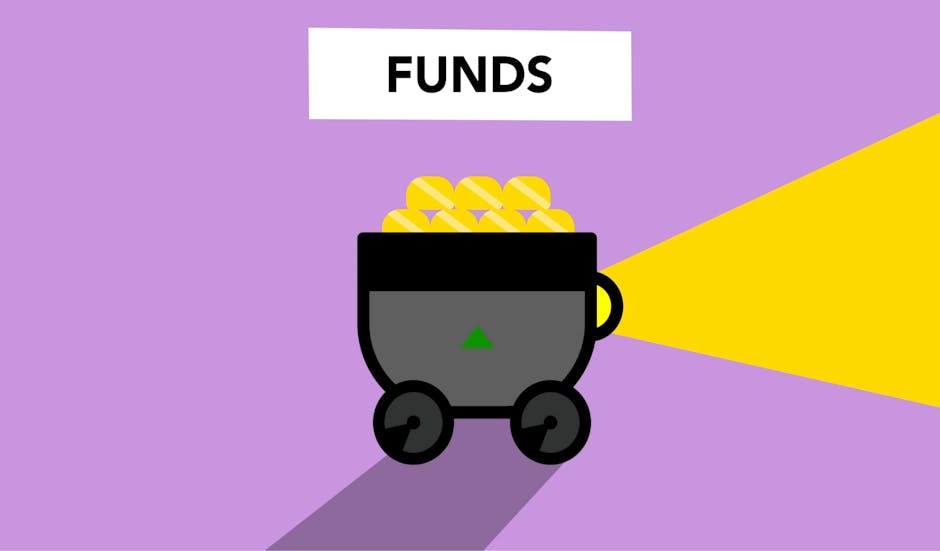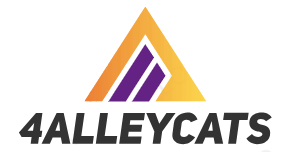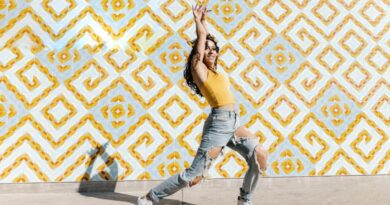Unlocking the World of Arts Funding Opportunities
Creating art is a deeply personal and often transformative process. It allows individuals to express their creativity, emotions, and perspectives in a way that words sometimes cannot. However, as much as art is a form of personal expression, it also plays a crucial role in society by reflecting our culture, challenging norms, and sparking important conversations. For artists, securing funding is often a critical step in bringing their creative visions to life. In this article, we will delve into the world of arts funding opportunities, exploring the various avenues available for artists to finance their projects, the impact of funding on the arts landscape, and the challenges and opportunities that come with seeking financial support for artistic endeavors.
The Importance of Arts Funding

By Monstera Production via Pexels
Artists have been seeking financial support for their work for centuries. From the Medici family in Renaissance Italy to modern-day crowdfunding platforms, the need for funding has always been a constant in the world of art. Arts funding is essential for several reasons. Firstly, it allows artists to devote more time and resources to their craft, enabling them to create works of art that are more ambitious and impactful. Secondly, funding provides artists with the means to collaborate with other creatives, access specialized equipment or materials, and showcase their work to a wider audience. Finally, arts funding plays a crucial role in preserving cultural heritage, supporting emerging talent, and fostering innovation in the arts.
Government Grants and Public Funding
Government grants and public funding are some of the most well-known and widely accessible sources of arts funding. Many countries have specific grant programs designed to support artists and arts organizations. These grants can cover a wide range of activities, from creating new works of art to funding cultural events and exhibitions. Government grants are typically awarded through a competitive application process, where artists are required to submit a proposal outlining their project, budget, and artistic goals. Public funding for the arts is often seen as a way to promote cultural diversity, stimulate economic growth, and enrich the quality of life in a community.
One example of a successful government grant program is the National Endowment for the Arts (NEA) in the United States. The NEA awards grants to individual artists, arts organizations, and communities to support projects in various artistic disciplines, including visual arts, literature, music, and theater. These grants have enabled countless artists to pursue their creative endeavors, reach new audiences, and contribute to the cultural landscape of the country.
Corporate Sponsorship and Private Foundations

By RDNE Stock project via Pexels
Corporate sponsorship and private foundations are another important source of arts funding. Many companies and philanthropic organizations have established grant programs or sponsorship initiatives to support the arts. Corporate sponsorship often involves companies providing financial support to arts organizations in exchange for branding opportunities, such as logo placement on promotional materials or recognition at events. Private foundations, on the other hand, are charitable organizations that provide grants and funding to artists and arts projects based on specific criteria and priorities.
One notable example of corporate sponsorship in the arts is the partnership between the Guggenheim Museum in New York City and BMW. BMW has been a long-standing sponsor of the Guggenheim’s prestigious art exhibitions, providing financial support for the museum’s innovative programming and educational initiatives. This partnership has not only helped the Guggenheim to fund its exhibitions but has also increased BMW’s visibility in the art world and positioned the company as a champion of creativity and innovation.
Crowdfunding and Online Platforms
In recent years, crowdfunding has emerged as a popular and effective way for artists to raise funds for their projects. Crowdfunding platforms like Kickstarter, Indiegogo, and GoFundMe allow artists to create online campaigns to solicit donations from individuals around the world. Crowdfunding is a decentralized form of funding that empowers artists to connect directly with their audience, bypassing traditional gatekeepers like galleries or funding agencies.
Crowdfunding has enabled artists to finance a wide range of projects, from independent films and music albums to community art installations and public performances. One of the key benefits of crowdfunding is that it allows artists to test the market for their work, build a loyal fan base, and receive valuable feedback from supporters. However, crowdfunding also comes with its challenges, such as the need to constantly promote the campaign, engage with backers, and meet fundraising goals within a limited timeframe.
Residencies and Artist Fellowships
Residencies and artist fellowships are unique opportunities for artists to receive financial support, access to resources, and dedicated time to focus on their artistic practice. Residencies typically involve artists living and working in a specific location for a set period, where they are provided with studio space, housing, and sometimes a stipend. Artist fellowships, on the other hand, are grants awarded to individual artists to support a specific project or period of research and creative development.
Residencies and fellowships are often highly competitive, with artists from around the world applying for a limited number of slots. These opportunities provide artists with the chance to immerse themselves in a new environment, collaborate with other artists, and explore new ideas and techniques. Residencies and fellowships can be transformative experiences for artists, offering them the time and space to experiment, take risks, and develop their practice in ways that may not be possible in their everyday lives.
Arts Funding in the Digital Age
The digital age has revolutionized the way artists seek and receive funding for their work. Online platforms and networks have made it easier than ever for artists to connect with potential funders, promote their projects, and receive donations. Social media platforms like Instagram, Twitter, and Facebook have become essential tools for artists to showcase their work, build a following, and attract supporters.
Artists are also increasingly turning to virtual events, webinars, and virtual exhibitions to reach audiences and raise funds. Platforms like Zoom, Twitch, and YouTube have enabled artists to host live performances, studio tours, and online auctions, connecting with supporters in real-time and generating revenue through ticket sales, donations, and merchandise. The digital landscape offers artists a wealth of opportunities to engage with their audience, experiment with new forms of expression, and generate income through online channels.
Challenges and Opportunities in Arts Funding
While arts funding provides vital support for artists and arts organizations, it also comes with its challenges and complexities. One of the key challenges artists face is the competitive nature of funding opportunities, with limited resources available to support a vast number of creative projects. Securing funding often requires artists to navigate complex application processes, meet stringent eligibility criteria, and demonstrate the artistic and financial viability of their projects.
Another challenge in arts funding is the issue of sustainability and long-term support for artists. Many funding programs are project-based, providing support for a specific work or event, rather than offering ongoing financial stability for artists to sustain their practice. This can create a cycle of dependency on grant funding, where artists are constantly seeking new sources of support to fund their next project.
Despite these challenges, arts funding also presents numerous opportunities for artists to grow, innovate, and connect with their communities. Funding can enable artists to take risks, push boundaries, and explore new artistic territories that they may not have otherwise been able to pursue. It can also provide artists with the recognition, validation, and support they need to continue their creative work and make a lasting impact on the world.
Expert Opinions
According to Dr. Emily Johnson, an art historian and curator, “Arts funding plays a crucial role in nurturing creativity, supporting cultural diversity, and fostering innovation in the arts. Without funding, many artists would not have the means to bring their creative visions to life and share them with the world. As a society, we must recognize the value of the arts and invest in the creative potential of our artists.”
Artist and activist, Maya Patel, shares her perspective on arts funding, stating, “For artists from marginalized communities, access to funding can be a game-changer. It can provide artists with the resources, visibility, and platform they need to tell their stories, challenge stereotypes, and advocate for social change. Arts funding is not just about supporting individual artists; it’s about investing in the cultural richness and diversity of our society.”
Conclusion
In conclusion, arts funding opportunities are essential for supporting the creative endeavors of artists, enriching our cultural landscape, and fostering innovation in the arts. From government grants and corporate sponsorship to crowdfunding and residencies, there are a variety of avenues available for artists to secure funding for their projects. While challenges exist in securing funding and ensuring long-term sustainability, arts funding also presents valuable opportunities for artists to grow, experiment, and connect with their audiences.
As we navigate the ever-changing landscape of the arts, it is crucial that we continue to support and champion the work of artists from all backgrounds and disciplines. By investing in arts funding, we not only enrich our communities and enhance our cultural heritage but also empower artists to realize their creative visions and make a lasting impact on society.




